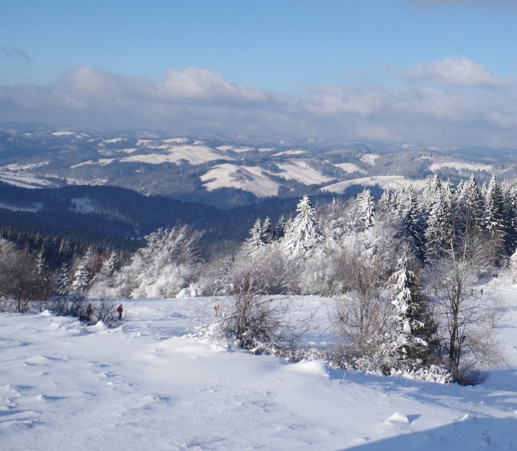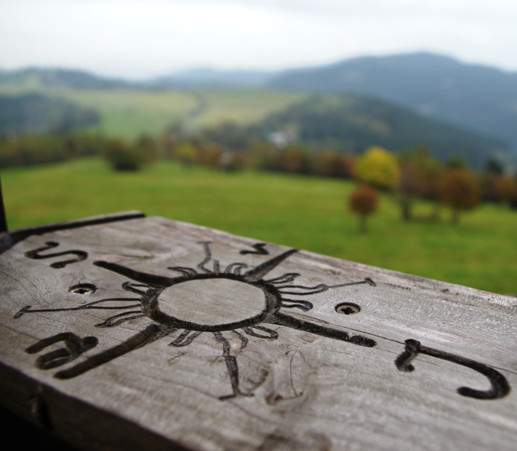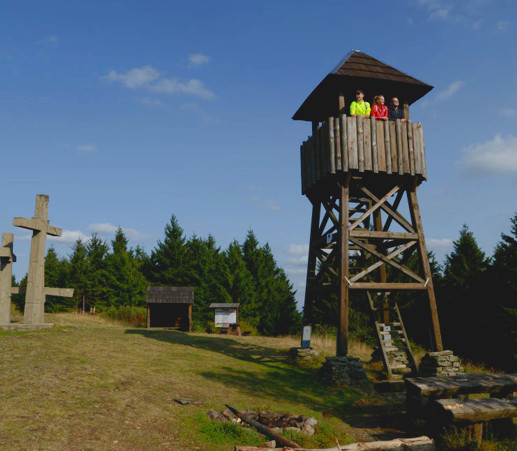The Kysuce Region covers an area of 934 km2 in north-western Slovakia, i.e. 1.9% of the whole area of the Slovak Republic, the Čadca and Kysucké Nové Mesto districts. The Kysuce Region stretches across the borders of three countries – the Slovak Republic, Czech Republic and Poland. It borders on the Námestovo district and Dolný Kubín district on the east, Žilina district on the south, Považská Bystrica district and Bytča district on the south-west. The territory of the region has a rough terrain ranging from 323 meters above sea level in “Kysucká brána” up to 1,236 meters above sea level (Veľká Rača Peak).
Substantial part of the district is covered by forests, prevailingly coniferous ones, as a result of deforesting valleys and hills in the past. The preserved remains of the original flora communities include deciduous and mixed forests, in particular the oak and fir-oak ones.
Agricultural conditions are not suitable for growing due to low soil quality and weather conditions. The district is rather sloping. Almost 59% of the territory is covered by forests.

The Kysuca River is the dominating watercourse flowing through the centre of the territory. The region consists of 34 villages and 4 towns. The largest towns are Čadca with 25,000 inhabitants, Kysucké Nové Mesto with 16,000, Turzovka with 7,700 and Krásno nad Kysucou with 6,900 inhabitants.

Geographical location and altitude influence the climatic conditions in a significant way. As for the climate, Kysuce Region belongs to a slightly warm to cold climate zone. Average annual rainfall in the valleys amounts to 850-900 mm, on peaks up to 1,300 mm. In Kysuce, there is an average snowfall of 30-40cm for 100-110 days out of the year.
However, in the Kysuce Beskydy Mountains, the snowfall averages 100cm for 140 days out of the year. The region offers excellent conditions for winter sports and recreation.
Only non-metal raw materials can be found in the district, in particular building materials – stone, gravel and brick clay. Crude oil deposits have been found in village Korňa, where a unique protected nature area Korňanský crude oil spring can be found.
In the region there are several mineral water springs: the Vojtovský Spring in Čadca is known for its regular methane outflows, the spring in Bukov near Čadca contains hydrogen sulphur, among other properties.





